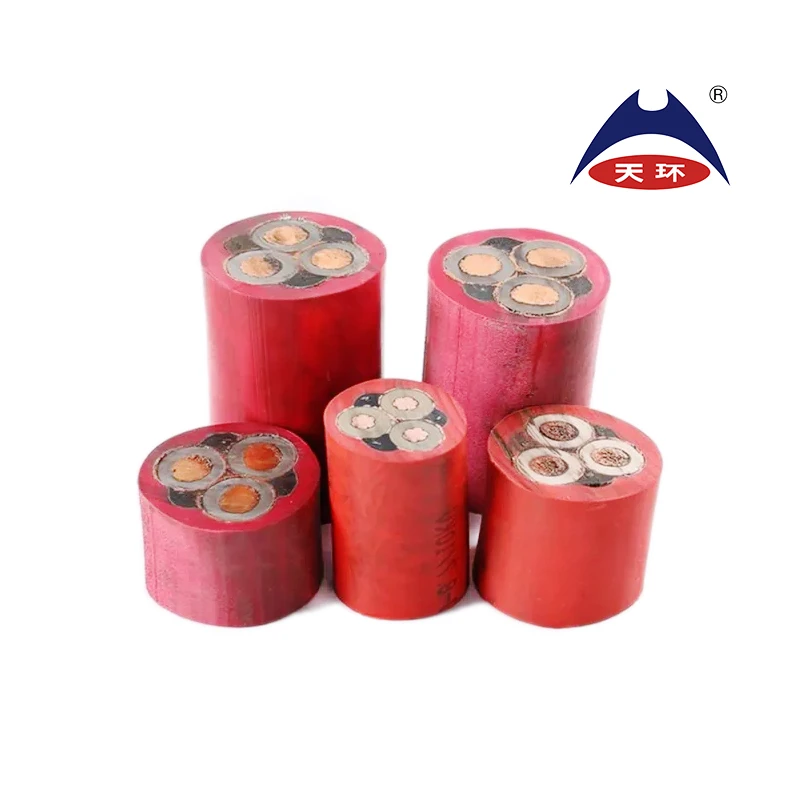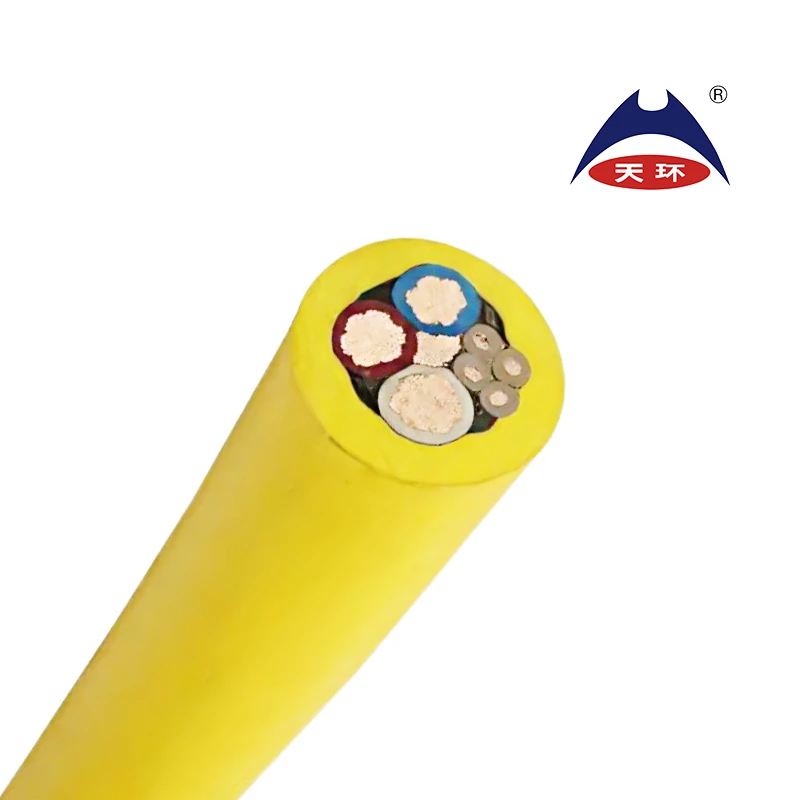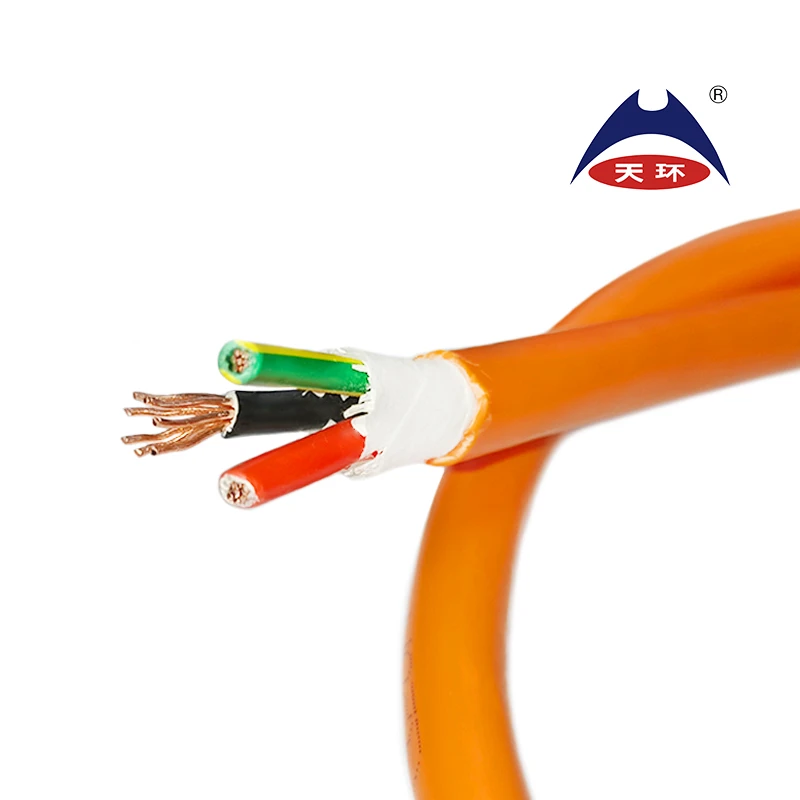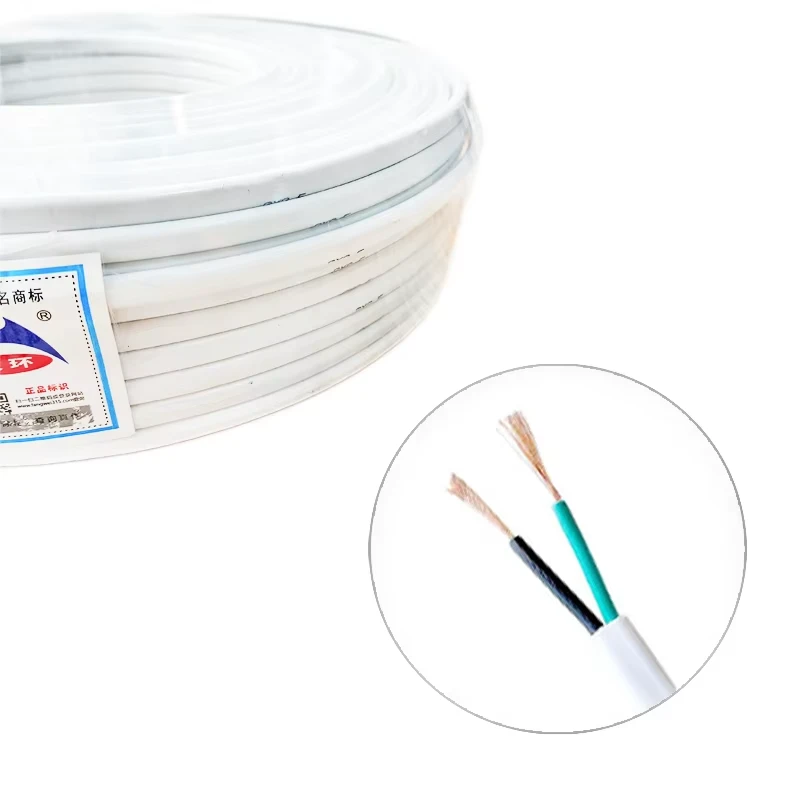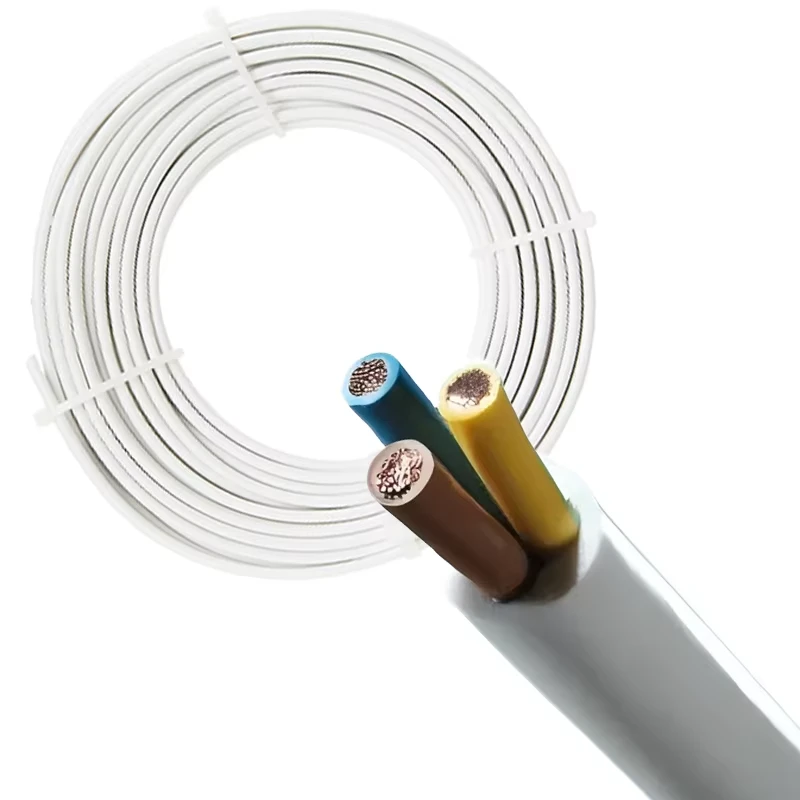
Building Cable: Building a Strong Defense Line for Power Transmission
In the power transmission system of modern architecture, Building Cable is like a resilient "power artery", carrying the responsibility of ensuring stable power transmission. Compared with ordinary wires, Building Cable has become a key support in large buildings and complex engineering power systems due to its stronger mechanical protection capabilities and excellent resistance to environmental factors.
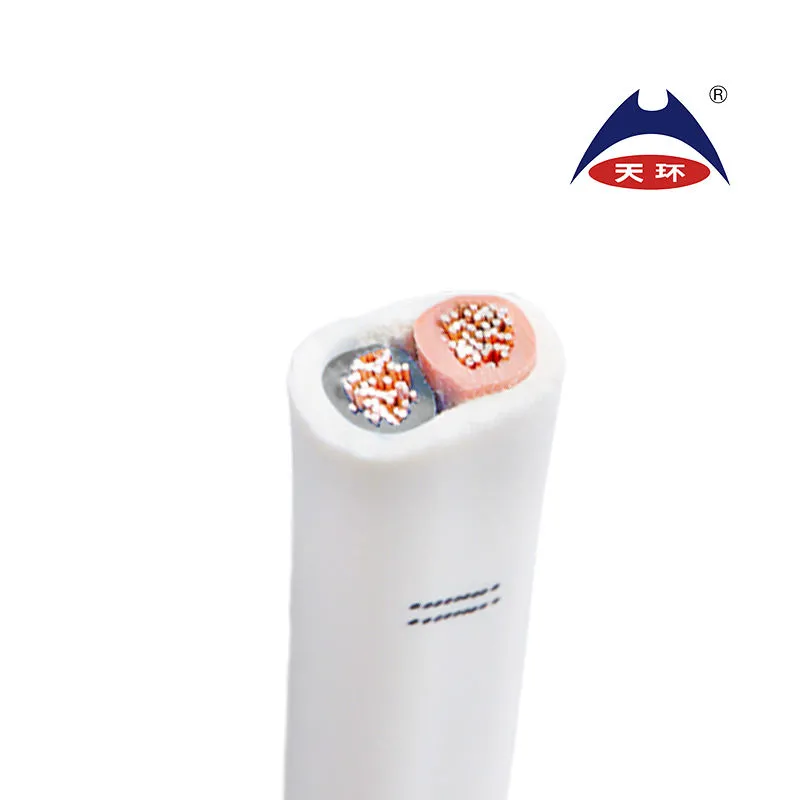
The multi-layered protective structure of Building Cable is the foundation of its powerful performance
Building battery cables consist of multiple layers of structures such as conductors, insulation layers, shielding layers, and sheathing layers. Conductors often use high-purity oxygen free copper to ensure excellent conductivity and reduce power loss; The insulation layer often uses materials such as cross-linked polyethylene, which has excellent electrical insulation performance and heat resistance, ensuring stable current transmission. And its unique shielding layer design can effectively resist electromagnetic interference, prevent signal leakage, and ensure the stability of power transmission. The outermost sheath layer is usually made of high-strength polyvinyl chloride or special rubber material, which not only provides solid mechanical protection for the cable, resisting external compression and collision, but also has waterproof, moisture-proof, corrosion-resistant, acid and alkali resistant characteristics, and can effectively cope with the challenges of complex environmental factors such as humidity and chemical corrosion.
The performance advantages of Building Cable are fully demonstrated in practical applications
Faced with harsh construction environments, building electrical wires, with their sturdy structure, are not afraid of friction and pulling during handling and laying, reducing the risk of damage. During long-term operation, its excellent environmental adaptability can effectively cope with harsh conditions such as extreme temperature, high humidity, and strong corrosion, reducing the frequency of failures caused by environmental factors. At the same time, its strong shielding performance allows it to stably transmit power and ensure the normal operation of equipment in places with extremely high electromagnetic environment requirements such as hospitals and data centers.
The demand for Building Cables varies depending on different architectural scenarios
In high-rise commercial buildings, vertically laid cables need to have sufficient mechanical strength to withstand their own weight and tensile forces during construction; In damp environments such as underground parking lots and tunnels, the waterproof and moisture-proof performance of cables becomes crucial; In industrial places with strong corrosive gases or liquids such as chemical plants and electroplating workshops, building wire and cable must have high corrosion resistance. In addition, in densely populated transportation hubs such as airports and subways, flame-retardant, low smoke, and non-toxic cables have become the preferred choice to ensure the safety of personnel in case of accidents.
With the coordinated development of the construction industry and technology, Building Cable is also constantly innovating and breaking through
The application of new composite materials further enhances the mechanical strength and weather resistance of building electrical wires; The integration of intelligent monitoring technology enables cables to provide real-time feedback on temperature, current, and other data, providing early warning of potential faults; At the same time, the research and promotion of environmentally friendly cables adopt recyclable materials and halogen-free flame retardant technology to meet performance requirements while reducing environmental impact and practicing the concept of green building.
In summary, Building Cable has become a solid guarantee for modern building power transmission due to its carefully designed multi-layer protective structure, excellent mechanical protection and environmental resistance performance, extensive scene adaptability, and continuous technological innovation. It not only supports the stable operation of various buildings, but also promotes the development of the power transmission field towards a safer, more reliable, and more environmentally friendly direction. In the future, with the increasing diversification of building demands, Building Cable will inject a continuous stream of power into the development of the construction industry with more advanced technology and powerful functions.
Building Cable FAQs
Why does Building Cable require additional mechanical protection?
Building cables may face physical damage such as compression, tension, friction, etc. during installation and use (such as through pipes, buried walls, or exposed in public areas). Armor layer (such as steel strip, steel wire) or high-density sheath material (such as PVC, LSZH) can effectively resist external impact and prevent insulation layer damage from causing short circuit or leakage.
What environmental factors can affect the performance of building cables?
Common threats include:
Humidity/Chemical Corrosion: Wet and acidic environments can corrode metal conductors and sheaths, requiring the use of waterproof coatings (such as PE sheaths) or chemical corrosion resistant materials.
Temperature changes: Extreme high or low temperatures may cause material aging, and cables with matching temperature resistance levels (such as 40 ℃~90 ℃) should be selected.
UV radiation: UV stabilizers should be added to outdoor exposed areas or black protective covers should be used to enhance UV resistance.
How to improve mechanical strength through Building Cable structural design?
Multi layer protection: For example, copper cables adopt a structure of "conductor+insulation layer+armor+outer sheath", while optical fibers add aramid tensile fibers.
Flexible design: Multi strand fine twisted conductors are more resistant to bending than single strand thick conductors, making them suitable for frequently moving scenarios such as power supply for lifting equipment.
How can flame-retardant and low smoke halogen-free (LSZH) materials enhance the safety of building cables?
In a fire, traditional PVC combustion releases toxic gases and thick smoke. When the LSZH sheath encounters fire, it only produces a small amount of non-toxic smoke and has self extinguishing properties, making it suitable for enclosed crowded places such as subways and hospitals. At the same time, its crack resistance can also extend the life of the cable.
How to choose a building cable suitable for buried installation?
Simultaneously meet the following requirements:
Moisture and ant prevention: Aluminum plastic composite tape+PE sheath can block moisture and termite bites.
Compression resistance: Corrugated steel strip armor can disperse soil pressure and avoid long-term deformation under pressure.
Grounding protection: The armor layer needs to be reliably grounded to eliminate static electricity or leakage risks.
-
Twin Core Solar Cable: An Efficient Energy Transmission Link for Solar ApplicationsNuachtAug.28,2025
-
Photovoltaic Cable: The 'Energy Link' in Photovoltaic SystemsNuachtAug.28,2025
-
Control Cable: The 'Neural Network' of Industrial AutomationNuachtAug.28,2025
-
Building Wire: The Lifeline for Building Safe Electrical SystemsNuachtAug.28,2025
-
Access Control Composite Cable: The 'Invisible Guardian' of Security ProtectionNuachtAug.28,2025
-
Control Cable that Reliable Signal Transmission for Industrial AutomationNuachtAug.23,2025
-
Innovations in Overhead Power Cables that Enhancing Grid Resilience with Advanced Aerial ConstructionNuachtAug.23,2025





